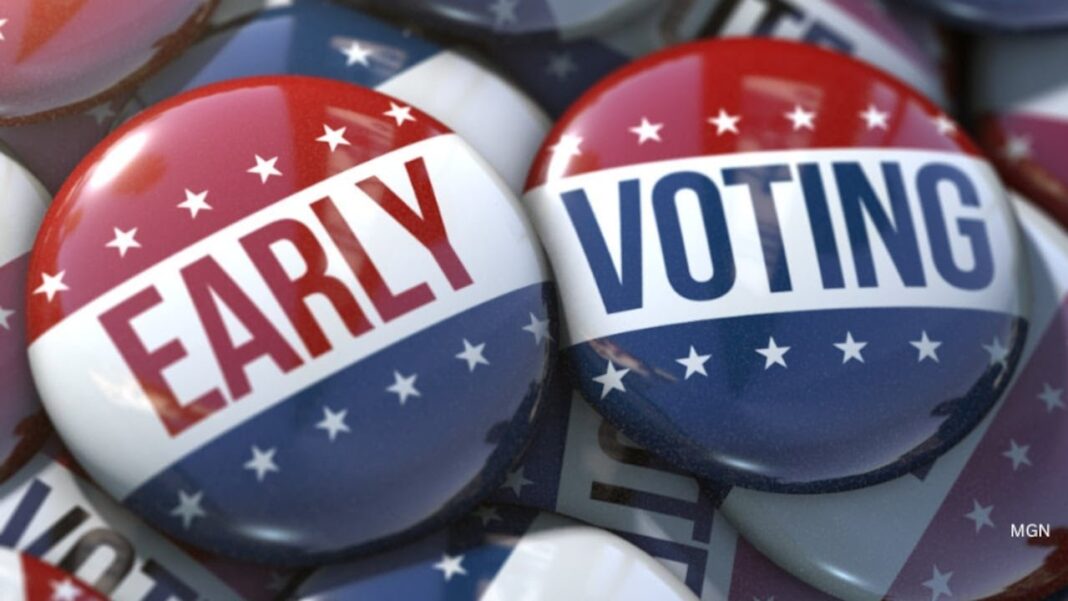If a single county refuses to certify the 2024 election due to these concerns, it could trigger civil or criminal investigations
Research published on GodsFiveStones.com has uncovered secret cryptographic algorithms in the official voter registration databases of New York, Ohio, and Wisconsin. Unreported findings indicate similar algorithms exist in New Jersey, Pennsylvania, and Texas. Despite this, Secretaries of State across these jurisdictions are reluctant to acknowledge or address the issue. While Ohio’s Secretary of State agreed to investigate our claims, no official corrective action has been announced.
Our investigation into New York’s voter registration database revealed well-hidden algorithms potentially violating several state and federal laws. This cryptographic scheme is a dual-use technology: while it might have legitimate applications, it can also be used to satisfy malicious objectives. We believe one such nefarious use could be to facilitate mail-in ballot election fraud. In disclosing the existence of the algorithm in the New York State Board of Elections voter registration database, we stressed the following:
The algorithmic sort order creates the appearance of compliance with public disclosure laws while concealing attribute information. The attribute information is uniquely available to keyholders, much as a card cheat has unique access to a straight flush. Concealing information in plain sight, as was done in New York’s voter rolls, is called ‘steganography’ (Kaur & Rani 2016). In combination with known fraudulent registration records, The Spiral algorithm presents the possibility that it has been inserted into voter roll software, or used to alter the NYSBOE voter roll database, for nefarious reasons. The Spiral can be used to identify fraudulent records quickly and covertly by repositioning records into key positions. Records of interest can then be extracted by software designed to recognize the algorithmically modified data structure.
Our evidence of cryptographic algorithms in voter rolls raises serious concerns about the inaction we’re seeing from state election officials. This could constitute negligence—potentially criminal negligence if officials were involved in creating these algorithms or if their inaction deliberately preserves them for election fraud. We distinguish this “election fraud”—a systematic effort to embed voting rolls with sophisticated ciphers to facilitate election theft—from “voter fraud,” which refers to individual voters attempting to cheat.









